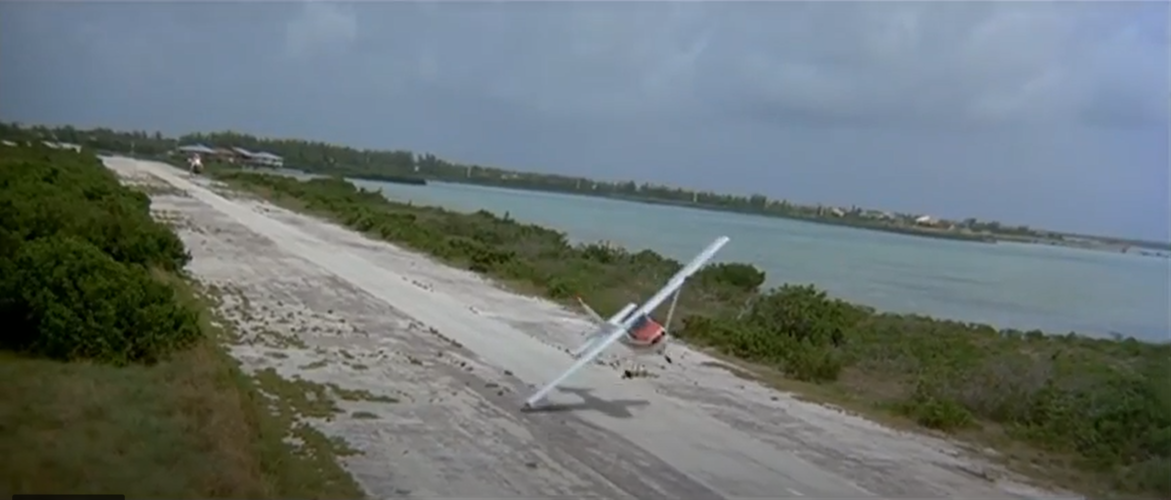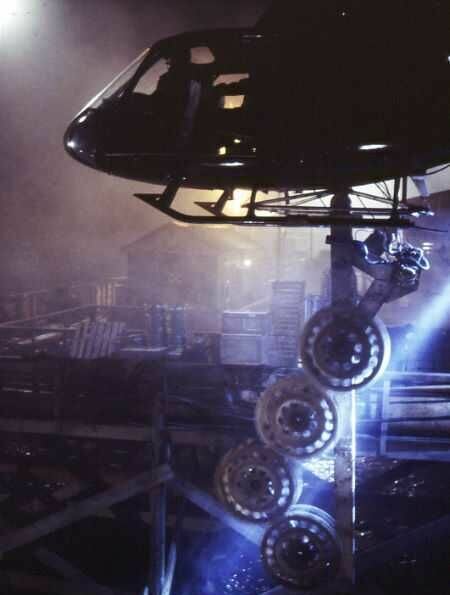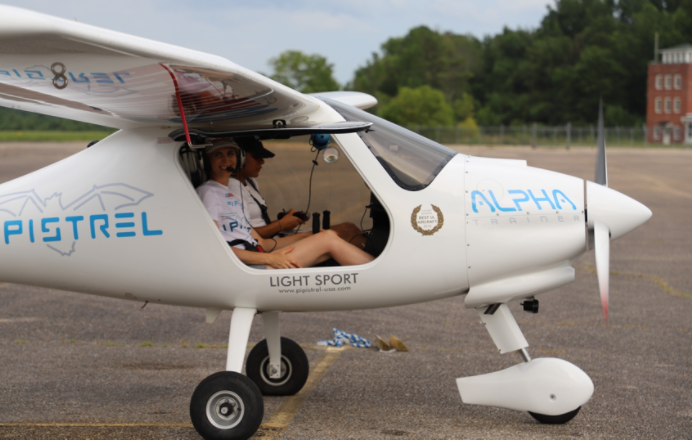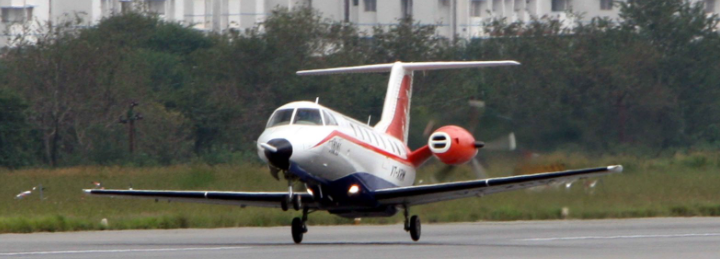- Joined
- 24 November 2008
- Messages
- 1,413
- Reaction score
- 1,982
An interesting project and thought it's about time to have a dedicated thread for it.
That video gives a pretty good overview:
That video gives a pretty good overview:

Thank you @Raberto but FlightGlobal is now behind a paywall. Those among us that haven't subscribed yet are unable to see the content of your link.
I haven't subscribed either - just registered with an email address...Thank you @Raberto but FlightGlobal is now behind a paywall. Those among us that haven't subscribed yet are unable to see the content of your link.
It’s now out from behind the paywall.Flightglobal article following recent release of the 22 January fire incident report:

Eviation Alice fire involved lithium-ion batteries which ignited after hours of powerplant tests
A January blaze that severely damaged Eviation's Alice prototype ignited after hours of powerplant testing, involved lithium-ion batteries and forced the aircraft's three occupants to evacuate, according to detail contained in fire incident reports.www.flightglobal.com
You have to register to read the full article. Still precisely nothing from Eviation anytime lately!


So the naysayers were right. The exotic layout they picked was an engineering nightmare and would have been very difficult to certify. This layout looks much more manageable.

Yeah , imagine... with wingtip props , Bond could chop villains heads with the props passing like that.So the naysayers were right. The exotic layout they picked was an engineering nightmare and would have been very difficult to certify. This layout looks much more manageable.
The first time I saw the (as you rightly say) exotic and uncertifiable wingtip props I couldn't help but be reminded of this beauty of a takeoff from the classic Dalton Bond movie 'Licence to Kill' =)
View attachment 649415
Yes lol They already did something like that in The World Is Not Enough, but with a helo:Yeah , imagine... with wingtip props , Bond could chop villains heads with the props passing like that.So the naysayers were right. The exotic layout they picked was an engineering nightmare and would have been very difficult to certify. This layout looks much more manageable.
The first time I saw the (as you rightly say) exotic and uncertifiable wingtip props I couldn't help but be reminded of this beauty of a takeoff from the classic Dalton Bond movie 'Licence to Kill' =)
View attachment 649415
Chop chop chop...

It's starting to look not dissimilar to this proposal now:So the naysayers were right. The exotic layout they picked was an engineering nightmare and would have been very difficult to certify. This layout looks much more manageable.

 www.forbes.com
www.forbes.com

Electric Aviation Trailblazer Bye Aims To Dethrone The King Air
Bye Aerospace reveals a design for an eight-seat electric airplane aimed to replace the bestselling turboprop, the King Air, with comparable performance and a similar price—but with less than a fifth of the operating costs. Bye's plans hinge on claims of a battery breakthrough by partner Oxis.www.forbes.com
Any comment on the benefit or otherwise of the twin podded rear motor locations?
The only other data point we have is Pipistrel. I remember seeing presentations by their chief designer saying for their trainer they could get an extra touch an go (six instead of seven) by using regen during descent. He said they had to tweak the prop design to make it suitable to regen. But that's for a trainer that probably doesn't spend much time cruising, but performs descents several time per flight, and as such can trade a bit of cruise efficiency for some extra time in the air. I'm guessing it would be a poor trade for a cross-country vehicle to do this.
Electric Aviation Trailblazer Bye Aims To Dethrone The King Air
Bye Aerospace reveals a design for an eight-seat electric airplane aimed to replace the bestselling turboprop, the King Air, with comparable performance and a similar price—but with less than a fifth of the operating costs. Bye's plans hinge on claims of a battery breakthrough by partner Oxis.www.forbes.com
Any comment on the benefit or otherwise of the twin podded rear motor locations?
However I’m a bit turned off by one figure in the article. Sure recharging during descent can be done but not at 15% total capacity;- the study I was involved in was a lot, lot less than that.
...
As for twin podded engines at approx third span, on something of this size;- it’s the way I would do it...... Yes, boring but very likely to work, be safe and if the magic cells turn up, be certified/sold to a customer.


The single most ridiculous aircraft configuration ever to have made it to hardware in the last fifty years.
Yeah, I've seen worse. As an aside, I had a thought that as 3d printing matures and becomes both more capable and accessible, we might start to see a proliferation of backyarders building their weird ideas in the coming decades. It'll be fun!I mean, isn't that a bit of a stretch? You've been on this forum from 2008 - and I agree that a lot of the worst designs to reach hardware are more than fifty years old - but there are definitely a few which could give this one a run for its money. This forum has a lot of bad ideas if one is willing to not avert one's gaze...!


Granted a conversion of an existing aircraft will never be as efficient as a clean sheet design, but it will be cheaper to develop and easier to certify.
NASA's X-57 is actually based on a Tecnam airframe...
Rolls-Royce Joins Forces with Tecnam, Widerøe on Electric Model - FLYING Magazine
Rolls-Royce and Tecnam Aircraft have joined efforts to produce an electric version of the P2012 Traveller commuter/utility aircraft, with plans to debut the new version in 2026. The partnership collaborates with Scandinavian airline Widerøe to ready the airplane for commercial service within...www.flyingmag.com

TECNAM P-VOLT: LIFTING THE WORLD TO SUSTAINABLE ENERGY - Tecnam Aircraft
CAPUA, Italy. In this modern world, full of challenges and changes, TECNAM remains more focused than ever on exploring innovative solutions for the future of greener aviation. Never has it been more important to pursue knowledge and develop practices that can lead to more environmentally...www.tecnam.com
This is the one electric aircraft I would bet money on. Tecnam and Rolls Royce, two established players in the industry, are planning on bringing this aircraft to the market in 2026. Granted a conversion of an existing aircraft will never be as efficient as a clean sheet design, but it will be cheaper to develop and easier to certify than something along the lines of the Eviation Alice. Not to mention these firms understand the complexities and challenges of the certification process a lot more than any of these start up companies.

